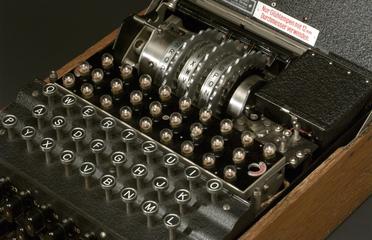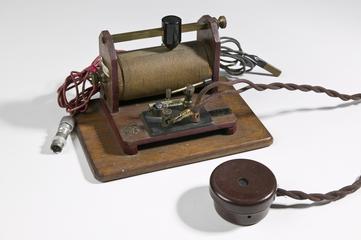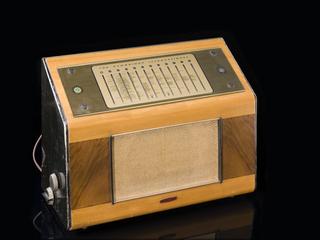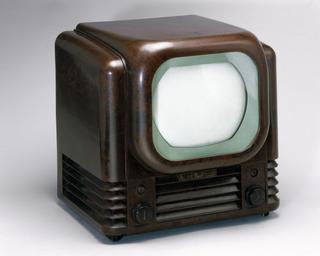
Specimens of radar-jamming foil (window), as used by the RAF in the Second World War, 1942-1943
- Made:
- 1942-1943 in United Kingdom
Two packs of metallic radar-jamming foil ("window"), as used by the RAF in the Second World War, dated to 1942-1943. This metallic foil (called "window") is of the type used by the Royal Air Force (RAF) during the Second World War and is dated to 1942-1943. The strips tuned to maximum response at enemy radar wavelength and dropped in large quantities as a form of radar jamming.
Both the Allied and Axis forces knew quite early in the war that enemy radar defences would be severely disrupted if the attacking aircraft scattered conductive strips half a wavelength long, that is tuned to maximum response at enemy radar wavelength. If dropped in large quantities, they would act as a form of radar jamming. Because neither side was sure that the other knew of this technique, both refrained for some time from using it.
The Royal Air Force (RAF) broke the deadlock and first used “window” as a form of radar jamming in the Hamburg bombing raid of 24 July 1943. To quote Alfred Price’s “Instruments of Darkness” (1967):
“The new tactic had clearly been a great success. Had the raid cost the six per cent losses normal for a Hamburg raid, Bomber Command would have lost fifty aircraft from its force that night. So about thirty-five ore more [aircraft] had been saved, by the dropping of forth tons of “Window” – 92 million strips of aluminium foil.”
"Window" was produced in enormous quantities during the Second World War but relatively few examples survived.




